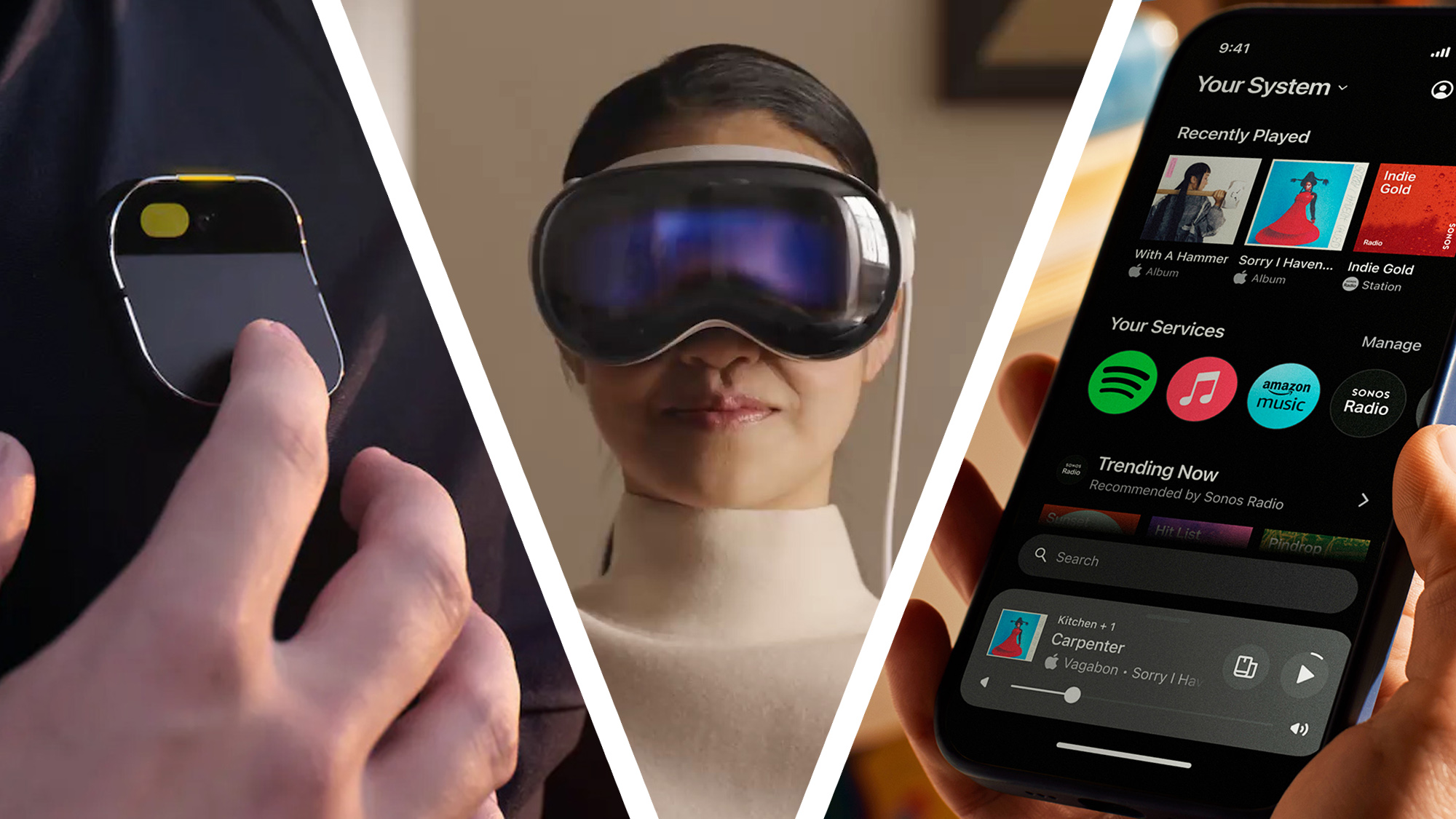
What were the most disappointing, underwhelming products in the tech world this year? The tech equivalents to, say, Gladiator 2 or Kraven the Hunter in the world of cinema during 2024.
That’s a question we first asked ourselves as a collective, taking in expert opinions from across the different spheres of technology covered here at TechRadar and engaging in a – let's say 'spirited' – debate, until we compiled a final list of the biggest tech flops in 2024.
We also wanted to give you guys a voice here, though, so having picked out those top flops, we conducted a poll via our WhatsApp Channel to find out what TechRadar readers thought were the most heinous offenders from our list of 11 entries.
So, while we picked out these tech disasters from across the months that made up 2024, the ranking is based on your voting. Which is the worst piece of tech of all from this year? We’re not going to spoil the surprise, so let’s count down in reverse order, from 11 through to the number one that the majority of you agreed was the biggest fail of this year.
11. GoPro Hero 2024
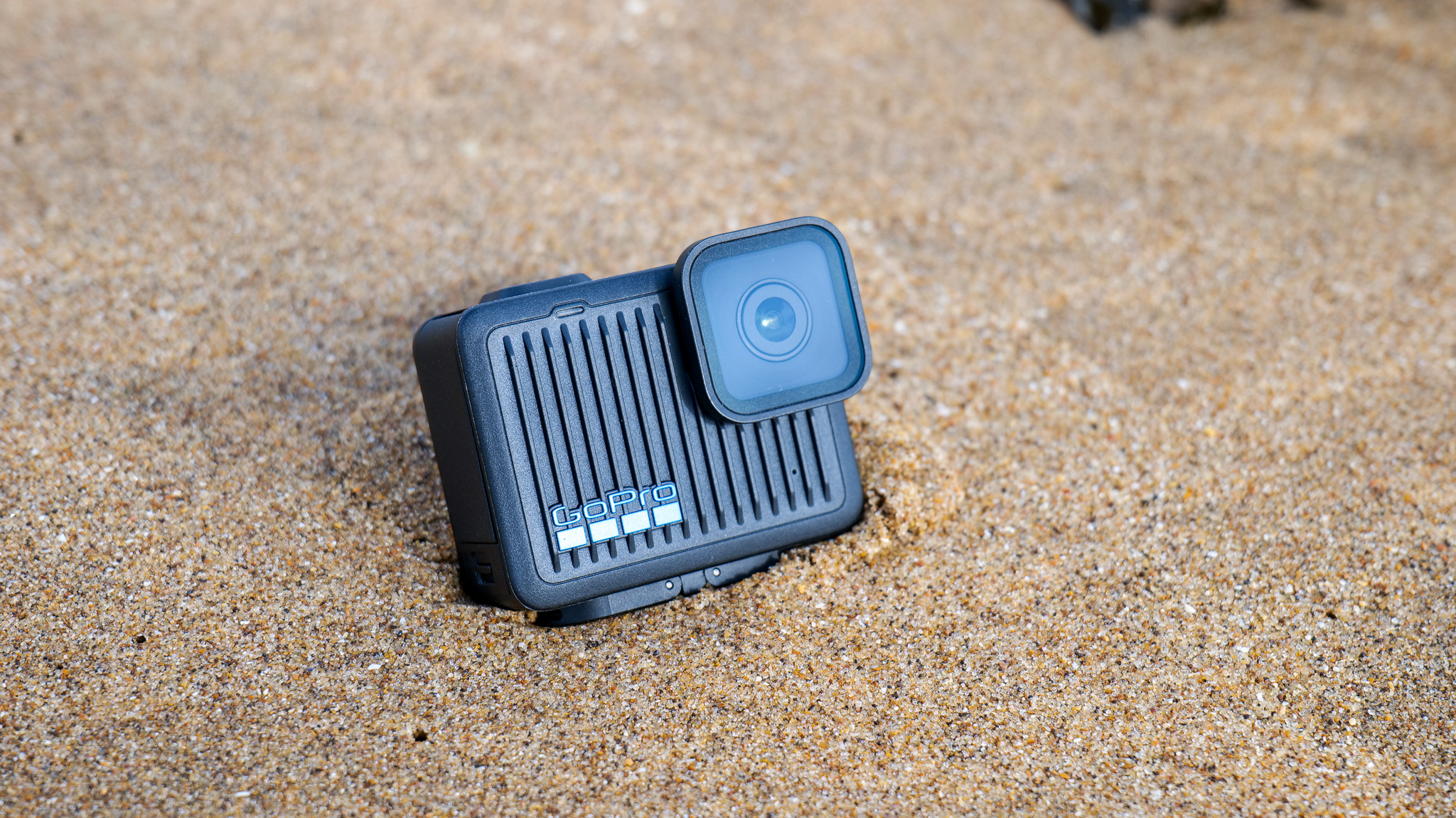
Okay, we get it. The GoPro Hero 2024, launched in September, was made to be a compact, cheap, and dead easy to use device aimed at novices – those wanting a very affordable way to get into the world of action cameras. So yes, given the very nature of such hardware, we can expect compromises, but too many were made by GoPro here.
The GoPro Hero fumbles the ball in terms of its image quality, which is definitely lacking – particularly in less favorable lighting conditions – and it only offers three recording modes. 4K recording is limited to 30 fps, and there’s no option to connect an external mic, so you’ve got to use the built-in microphone, and the quality very much suffers if it’s a windy day.
There’s a bunch of other niggles with the device and our reviewer observed that they “butted up against limitations and disappointments all too frequently during review shoots.” The GoPro Hero was far from the worst product to launch in 2024, but it floundered by simply cutting too many corners.
10. Evie Ring

The Evie Ring started shipping early in 2024 and was certainly not without merits as a smart ring with a unique woman-first design. That includes an ‘open-ring’ nature, meaning the ring has a slight gap to offer some give to accommodate fluctuations in women’s finger sizes during the day, plus it also benefits from period tracking and symptom journaling.
Evie also boasts a bunch of traditional functions (sleep tracking, heart rate monitoring and more) bundled in an affordable ring with no additional subscription charge.
Where the Evie Ring stumbled was in its execution: menstrual tracking is basic, as are the activity tracking features, sleep functionality doesn’t seem quite as accurate as competitors, and all-around, data analysis features are lacking.
In short, all the features are on the simple side, and any unpacking and presentation of collected data feels very flimsy. Rival smart rings are a long way ahead in many respects, and as we noted in our Evie Ring review, this one flopped because it had the “misfortune to have been released in a year during which smart ring technology has leapt ahead.”
9. Windows Recall

Microsoft introduced the Recall feature for Windows 11 in May 2024, after which there was an uproar of controversy so immediate, and so intense, that we’d say we haven’t witnessed a reaction quite like it to a new operating system addition in a long time (possibly ever).
To recap, Recall was talked up as a way that AI could supercharge searching on Windows 11, albeit for Copilot+ PCs only (as it needs a powerful NPU to work responsively enough). Microsoft hyped it as a natural language-based search that could find anything on your system, though the catch was it took regular screenshots of all the activity on your PC to do so.
That core screen-grabbing element led to said outpouring of worries on the security and privacy fronts, which meant Microsoft quickly pulled Recall and took it back to the drawing board. Later in the year, it was about to launch in testing (in October) when Microsoft lost its nerve and postponed Recall (again).
Finally, Recall arrived in testing late in November, whereupon the feature immediately suffered from some odd, niggling bugs, and furthermore its ‘sensitive information filter’ came off the rails early on. It’s still very much in the initial stages of testing, to be fair to Microsoft – but the chaotic, seemingly haphazard way the feature has been implemented thus far lends little in the way of confidence, particularly in a piece of functionality as contentious as Recall.
For us, this was the biggest software-related faux pas of 2024 (but not for you readers, as you’ll soon see).
8. New Sonos app

Sonos introduced an all-new app for its speakers in May 2024 and everyone was looking forward to what an improvement it’d be on the old software. Well, things didn’t go quite as planned…
The immediate reaction was a bunch of complaints about not just bugs (which might be expected, to an extent, with any major app revamp), but missing features. This was functionality that a lot of Sonos speaker owners relied on, like sleep timers and alarms, or the ability to edit their song queue, and other basic features along those lines. Also, a notable omission was the lack of compatibility with screen-reading tech for blind people.
To its credit, Sonos did a good job of listening to user feedback and the company promised that the miscellaneous missing bits would be added back. By October, much of that functionality had been restored, thankfully. But it’s a head-scratcher how, during the streamlining of the app, the devs didn’t think about how much they were cutting back – making the initial incarnation feel like a beta release, which is obviously far from ideal.
Sonos promised it has learned lessons from all this, mind, and so hopefully we won’t see any further missteps in this same kind of vein.
7. Concord
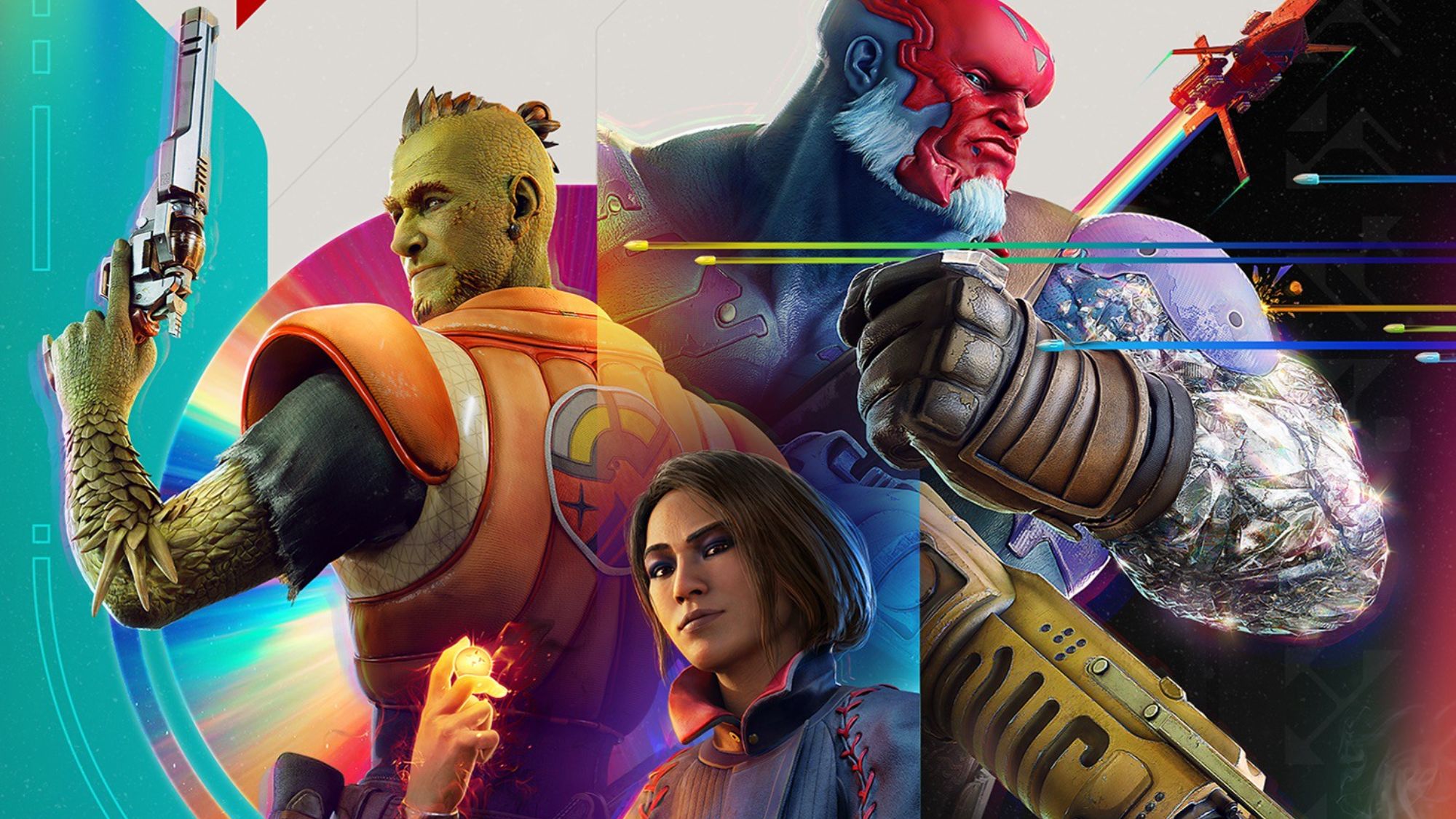
A huge AAA gaming property direct from Sony, Concord could be described in lots of ways. Like: Overwatch, but instead of being free, you pay for it. Okay, granted, Sony explained the idea was “you own Concord, Concord doesn’t own you” – meaning no constant Battle Pass milking with this live-service hero shooter – but the real problem was that when the game launched in August, nobody wanted to own it.
The player count languished at a cringeworthy level, and sales were extremely weak on PS5 (and PC), meaning that just two weeks after Concord launched, its servers were shut down (and those who did buy the game were refunded). The situation got worse still when Firewalk Studios, the developer, was subsequently closed at the end of October.
Given the money spent on Concord – reportedly hundreds of millions, not to mention the eight years in development – it represents one of the biggest gaming fails ever. There can be no argument about that.
What went so wrong? That’s a tricky one to unpick, but the main criticisms leveled at Concord were that it was too bland, generic and derivative, and there was flak fired at design decisions made with the characters, which weren’t compelling enough heroes for some.
The reviews weren’t all bad by any means, to be fair to Concord, but there’s no getting around the negative reaction to the title from gamers themselves – and PS5 owners voting to very much keep their wallets firmly closed when it came to this ill-fated 5v5 shooter.
6. Windows 11 24H2

Windows 11 version 24H2, the big update for 2024, started rolling out to PCs from the beginning of October. Unfortunately, the bugs came scurrying afterwards, which turned into a frustratingly steady stream of the critters.
There were bigger bugs. Smaller bugs. And a number that seriously blighted the enjoyment of PC gamers, along with some really weird glitches. In fact, a theme with these issues – alongside their unfortunate prevalence – was that there were some truly strange mishaps, including menus flying off the top of the screen and Alt-Tabbing between apps happening at a glacial speed.
The saving grace was that there were no huge showstoppers, at least, like deleting files or bricking PCs. The oddness of a good few of these bugs leads us to think that Germanium, the new underlying platform with the 24H2 update, is perhaps to blame for all this strangeness. It’s a heap of work under the hood, in short, so could have caused a bunch of side-effects that we’re now witnessing as all this bizarreness.
Further disappointment came into play due to the 24H2 update not being all that exciting feature-wise – although there were some useful new bits of functionality in the mix. Still, even if the introductions made didn’t include any major twists to the Windows formula, and the work here was mostly invisible, the good news is that Germanium does bolster the security and overall responsiveness of Windows 11.
Ultimately, Windows 11 24H2 is likely to be a positive move eventually. But given what happened this year, we have to label it as a rather wobbly flop. Something our readers agree with seeing how far 24H2 has made it up the ranking here – ahead of Recall, to our surprise.
5. AirPods Max 2024
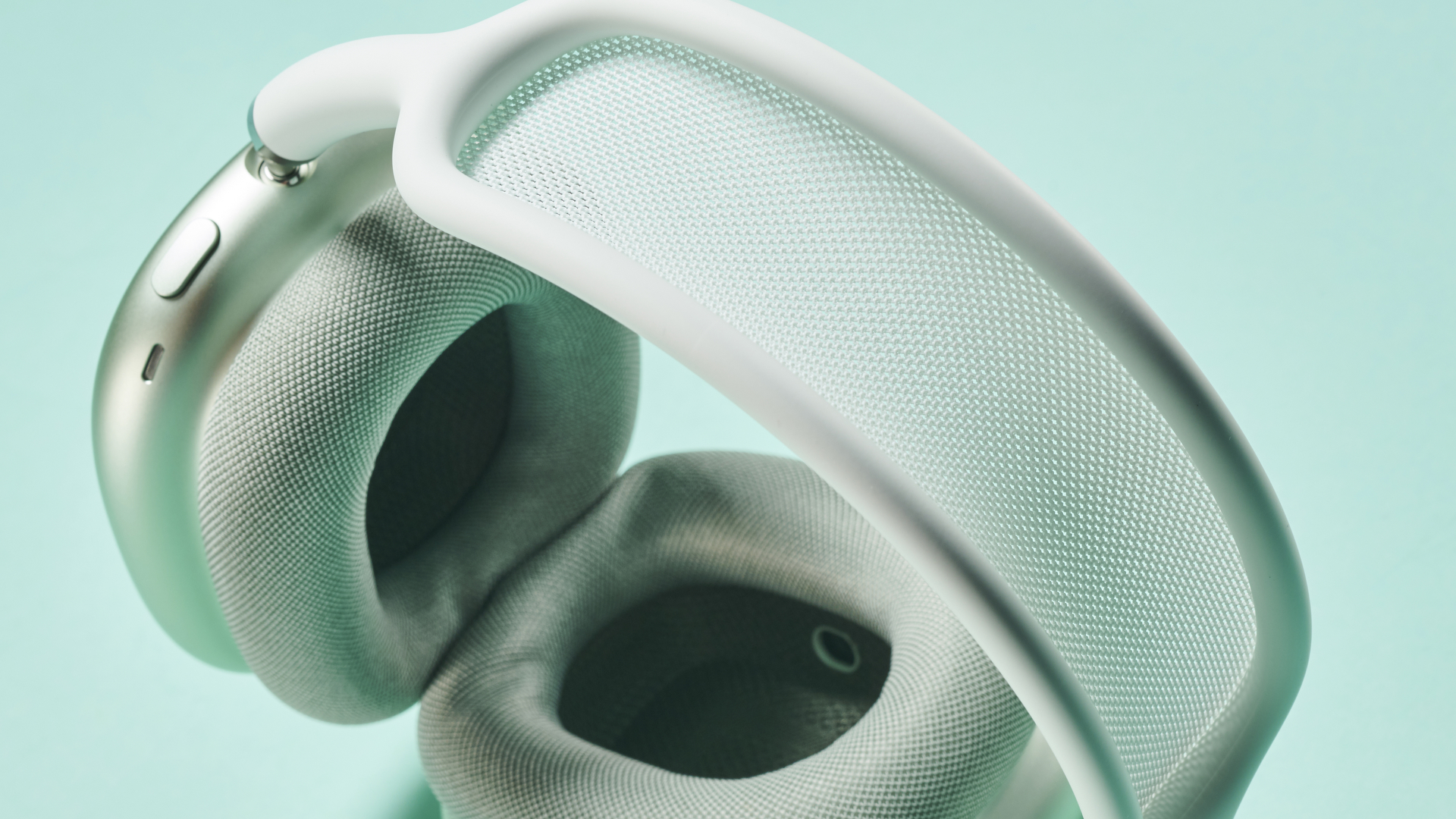
Apple’s top-of-the-line AirPods were launched in 2020 and the wireless headphones seriously impressed. In our AirPods Max review, we praised the original AirPods Max for delivering an “unbelievable audio performance” and excellent noise cancellation to boot.
This all meant that the AirPods Max 2 were highly anticipated. But when the second-gen headphones were finally revealed by Apple in September 2024, the big upgrade was… drum roll… a USB-C port (rather than Lightning port) and some new colors (Midnight, Orange, Starlight, Blue and Purple). That was it: a connector change and fresh colors.
Apple actually had the gall to announce this AirPods Max ‘refresh’ as a new product, trumpeting that the headphones were staying at the same price. Yes, that’s right – you can have a set of four-year-old headphones for just $549 (in the US). We called the AirPods Max ‘very expensive’ at launch, back in 2020, let alone this year, where rival products are now making Apple look very silly, frankly.
Given the lofty expectations riding with an AirPods Max refresh, and the lengthy wait for a new version of the headphones, what we got in 2024 could only be described as a crashing disappointment. It seems like Apple has pretty much abandoned its high-end headphones, at least for the foreseeable future.
4. Rabbit R1
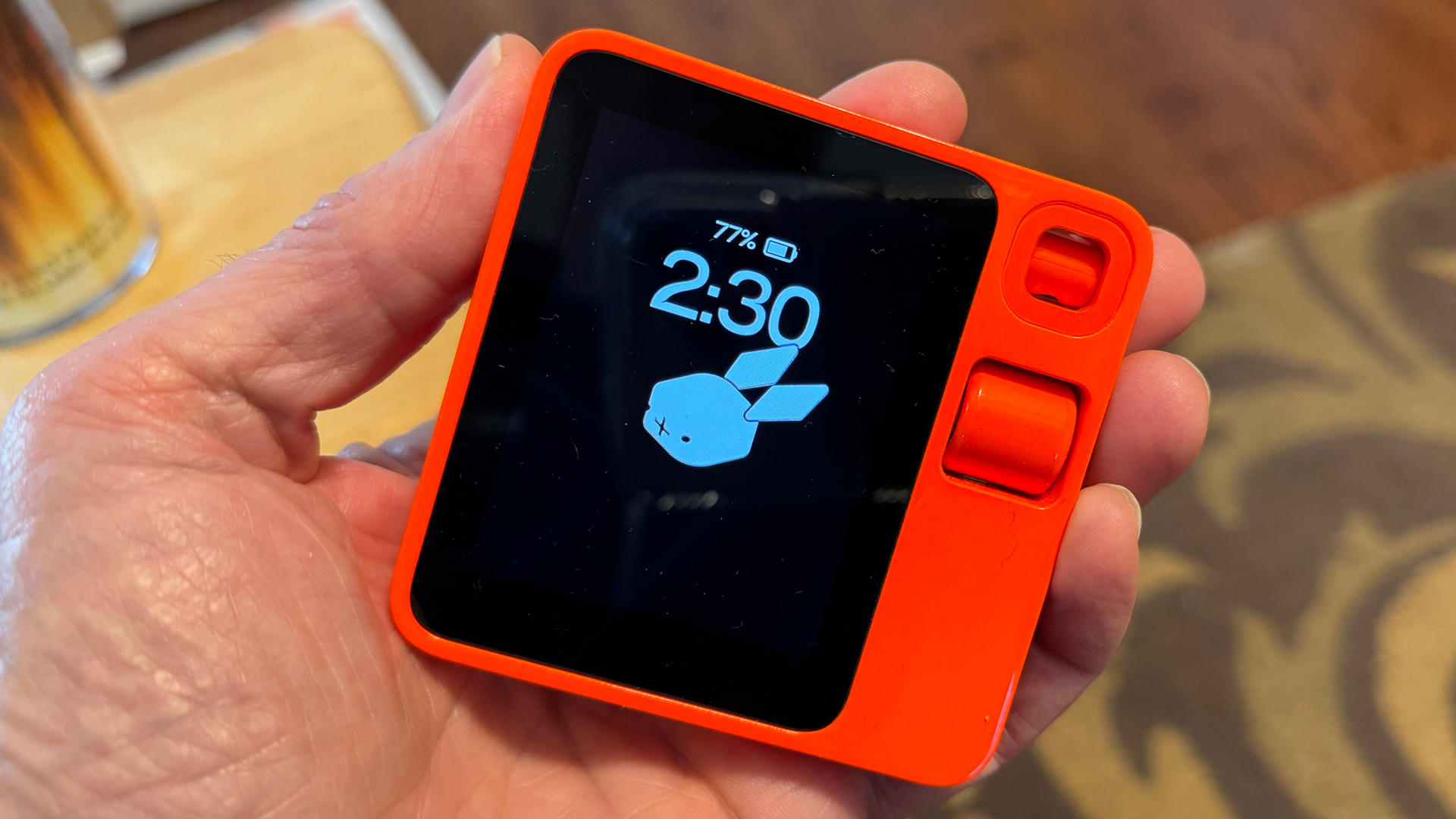
Ahh, the Rabbit R1, an ‘AI companion’ device that emerged, blinking in the sunlight (wrinkling its virtual nose and whiskers) at CES 2024 in January before a full release in May. In our Rabbit R1 review, we called it “an adorable but half-baked idea that you can ignore.” So, moving swiftly on to tech flop number three…
We can’t just ignore this device, of course. Not with those bright orange retro looks, that’s for sure. The Rabbit R1 was sold as an all-in-one dedicated AI companion, but this gadget is really a classic solution-in-search-of-a-problem.
You can throw all your typical AI queries at the Rabbit, and you’ll get an answer via the device’s Large Action Model (LAM) in the cloud. Although you might be waiting some time for that response as the R1 connects and relays your question, something we found happened too often in our review. The main issue is that you can do all of this on your smartphone, anyway, so why would you want to carry around (or buy) another device?
You wouldn’t, and the manufacturer’s arguments about how the Rabbit R1 experience can’t simply be replicated in a smartphone app feels like so much PR bluster.
Much of the functionality is clunky – including the scroll wheel, an integral part of the device’s interface – and ultimately, the Rabbit R1 was one of the most puzzling launches of 2024. But it’s AI, right, so, you know, get on board, or miss out on the revolution, or something…
3. Spotify Wrapped 2024

Spotify Wrapped is normally a fun look at what you listened to the most over the course of the year that’s just passed – but in 2024, the fun stopped, and the indignation began. There was something of an explosion of bad feeling around Wrapped this year.
There were a few main reasons for this, one of which was that Spotify overplayed its hand with AI features (a predictable turn of events, true enough). Secondly, Spotify provided fewer stats about your top tunes, and missed out data on the top genres and albums you’ve been playing relentlessly (shameless plug in our case: Ocean Grove’s Oddworld).
Furthermore, the well-liked Sound Town feature was dropped, and it just felt like there was a general lack of effort all-round with Spotify Wrapped this year. To cap it off, we saw numerous complaints about songs or artists people never played – or didn’t listen to much – mysteriously included in their top rankings (this happened to us with one song). Something to do with AI creeping in everywhere, perhaps? Maybe – yeah, let’s blame AI, it’s a safe enough bet.
Don’t expect AI to go away, though, as the opposite will likely be true. Maybe 2025 will see the feature become ‘Spotify Rapped’ with an AI rapper in full flow, spitting bars to give you the lowdown on your year’s listening. No?
What made things even worse for Spotify was that Apple Music Replay killed it this year.
2. Humane AI Pin
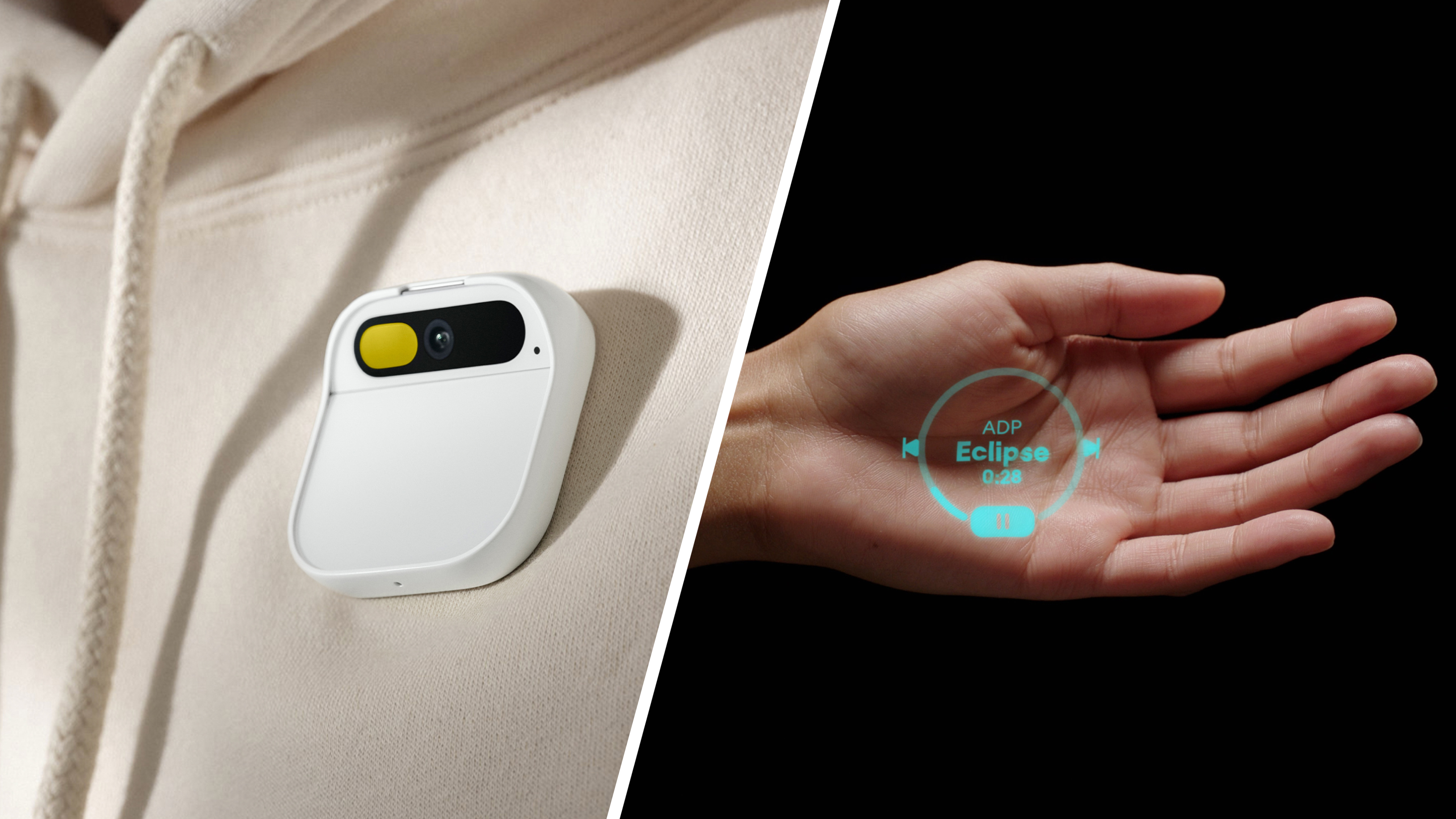
The Rabbit R1 wasn’t the only personal AI device looking to outmaneuver your smartphone this year. The long-teased Humane AI Pin finally arrived in April 2024, and it turned out that the skeptics were on the money about how this gadget seemed too good to be true from the early demos.
The concept was undeniably bold and brave, mind – a device which is a tiny wearable computer that you can attach (via a magnet) to your clothing (Star Trek-style), packing a built-in camera. It’s built around a central AI assistant that you mostly use with voice commands, but there’s also a miniature laser projector that can beam an interface (of sorts) onto your hand.
Tech reviewers were universal in their condemnation of the Humane AI Pin, with Marques Brownlee declaring it was the “worst product I’ve ever reviewed,” which has got to sting.
The Pin gets definite marks for innovation – no doubt – and a really smart physical design, but the problem is that the gadget itself is way too expensive, too slow in dealing with your requests, and often wrong in its responses. The clunky interface (the projected UI is tricky to use, to say the least) and general unreliability of the device doesn’t help.
Just like the Rabbit, it’s a solution in search of a problem, and you’re just better off using your smartphone. It’s true that this might be a glimpse of the future, but it very much proves we’re still firmly rooted in a present timeline where the Humane AI Pin makes no practical sense.
1. Apple Vision Pro
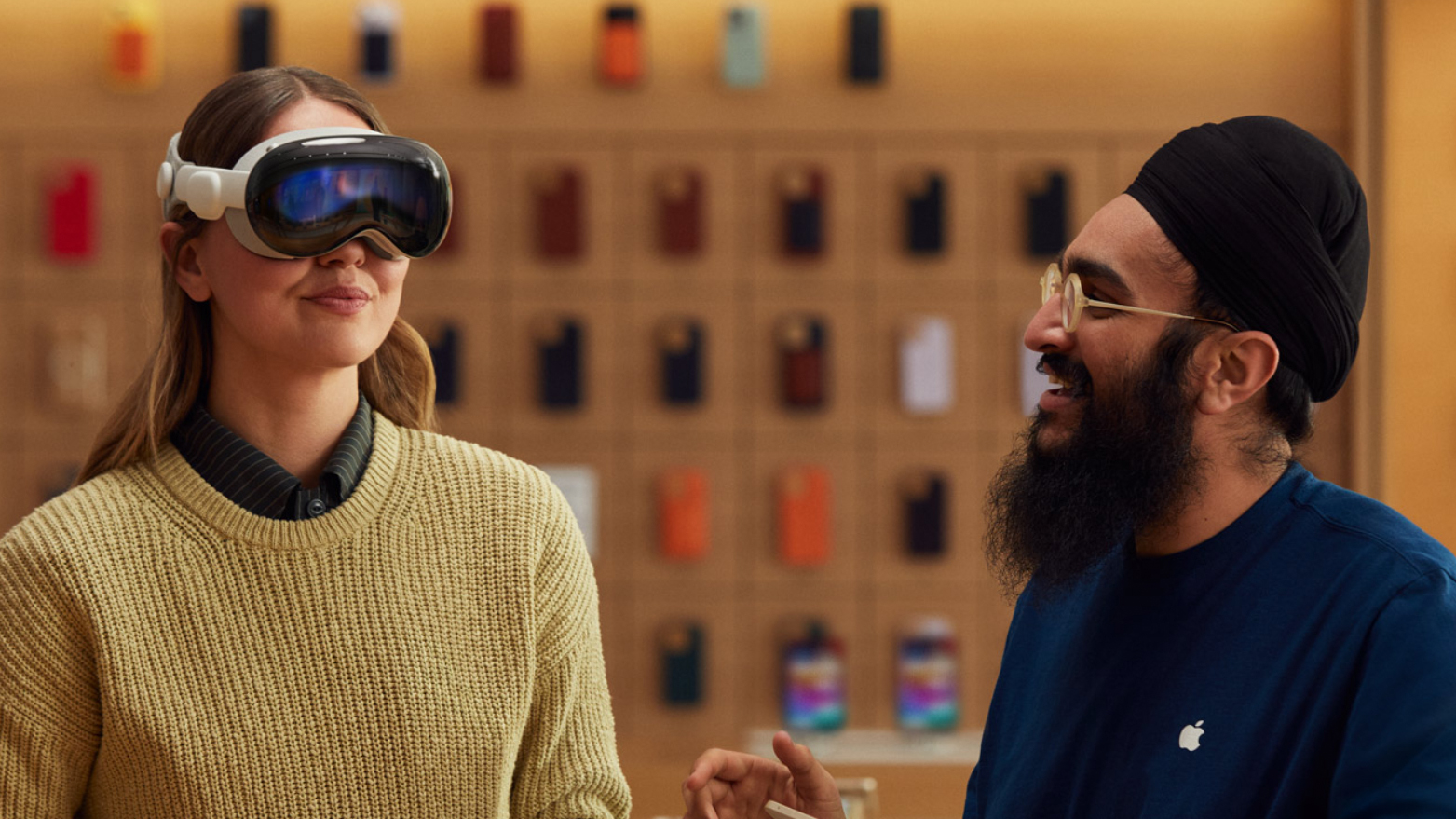
Right, well, this one’s a tad awkward in that we gave the Apple Vision Pro a pretty glowing review here at TechRadar. And yet, here you are, dear readers, telling us that this is the biggest tech fail of 2024 – and by some margin. In fact, the Vision Pro netted a colossal 62% of the overall vote in our WhatsApp poll, making it the top flop by a long distance.
How do we square that, you might be wondering? Well, despite the positive review that we graced the Vision Pro with, we did caveat the mixed-reality headset quite heavily. We agreed that the Vision Pro is way too expensive – the obvious grievance here – and also overly heavy, and that its apps are somewhat buggy.
$3,500 for a headset is rather ridiculous, there’s no getting around that, no matter how good the visual and audio experience happens to be – and it’s truly stunning, as we underlined in our review.
That jaw-dropping quality is all well and good, but hardware lives and dies by its software, and therein lies the rub with the Vision Pro. Buggy apps are one thing – and obviously problematic – but a lack of applications is another stumbling block.
This can be traced back to reports of shaky sales of the Vision Pro that came in below Apple’s expected level, leading the company to cut back production in the summer – and then came a claim that Apple might even halt the assembly lines for the headset completely by the end of 2024 (season appropriately).
Whichever way you dice it, units have not shifted as much as Apple believed – even with such a pricey device – and as such, app developers are not flocking to sell wares to what’s perceived to be a very niche audience. In an annual Mac developer survey (from Setapp), 35% of devs said they had no plans to make an app for the Vision Pro, and almost half were doubtful about supporting the headset with any software.
No real killer apps emerged for the Vision Pro as 2024 rolled onwards, and we get the sense Apple is starting to lose patience and interest in its headset given the overall reception it’s received this year.
So, an excellent product in some ways, the Vision Pro might be – but it can’t be denied that in terms of sky-high pricing, apparent floundering sales, and a lack of enthusiasm around support, Apple’s headset is a flop. King tech flop, in fact, according to you folks who voted on our poll (thank you kindly for your feedback).
Will a more affordable Vision Pro, as rumored to be under consideration at Apple, eventually save the day? That remains to be seen, but the catch might be that Apple’s idea of ‘affordable’ is very much a relative term.







